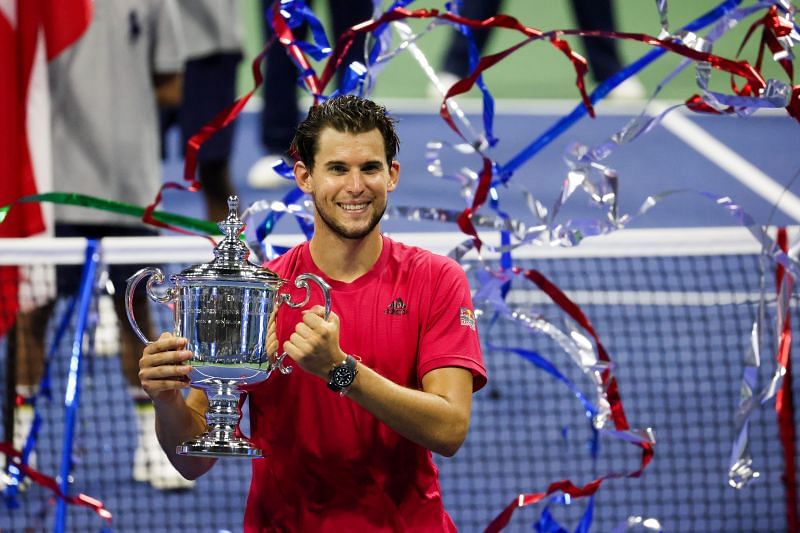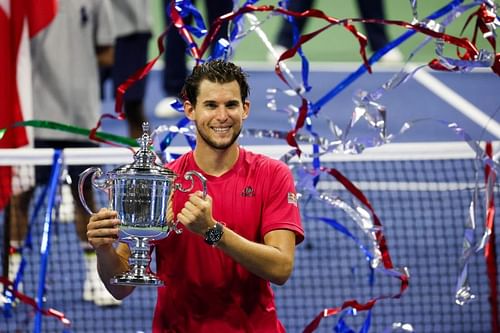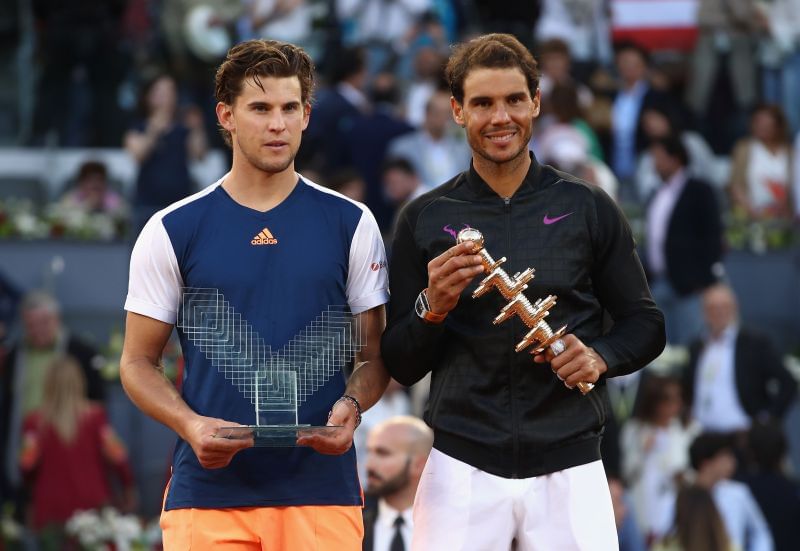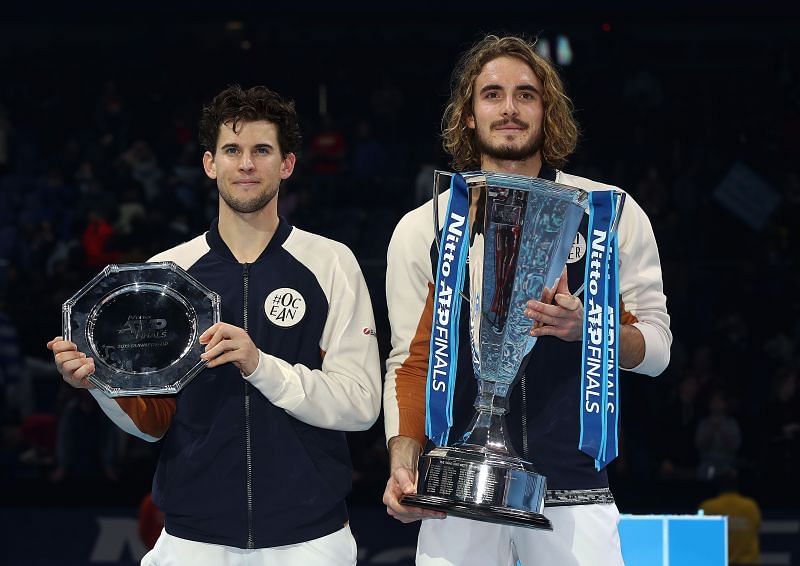
Why Dominic Thiem's path to Grand Slam glory feels more 'human' than that of the Big 3

After winning the biggest match of his life, a nail-biting rollercoaster affair in the US Open final, Dominic Thiem said: “Today’s match was much like my career – many ups and downs, and I love the way it turned out.”
This statement set me on a path down memory lane, right from when Thiem first caught my eye, to the present. And the more I reflected on his journey, the more impressive it seemed.
For his wasn’t the journey of one of those greats who tasted glory very early. Instead, his journey was one consisting of taking two steps forward, then one step back – something we mere mortals can relate to and take inspiration from.
Dominic Thiem first made headlines when he beat Stan Wawrinka (then reigning Australian Open champion) at the Madrid Masters in 2014 as a 20-year-old. But for those who were expecting further fireworks, there were none - at least not until 2016 approached.
2016 was his breakthrough year. This was the year he beat Rafael Nadal on clay and Roger Federer on grass, in addition to reaching the semis of the French Open. After 2016, people were already claiming that Thiem would very soon be a Grand Slam champion.
That ‘soon’ turned out to be four long years later.
Dominic Thiem’s results were inconsistent for a while, particularly outside clay. If you looked at his performance from week to week, you would think he was going nowhere. But if you looked at his performance over a longer time-frame, you would note that there was constant improvement - sometimes teeny, sometimes big.
In 2017, Dominic Thiem lost to Rafael Nadal in back-to-back finals at Barcelona and Madrid. His statements after the matches conveyed that he was at a loss regarding the game-plan he needed to beat Nadal. But his statements also conveyed sincerity and a desire to improve, as well as a willingness to try something new.

When they next met, at Rome - their third meeting in three weeks - Thiem played the match of his life and got the win.
But once again, this wasn’t his breakthrough moment. When people expected him to tear apart the rest of the field after beating Nadal, he was blown away by Novak Djokovic in the next match. Familiar story.
For Dominic Thiem, greatness and the champion mindset were still elusive. But the sincerity and willingness to change were again reflected in his comments. He said Djokovic’s playing style did not suit him.
So when they faced off again, in the 2017 French Open quarters, you expected him to crumble once again. But his sincerity and willingness to improve showed up once again as he ended up beating Djokovic in straight sets, 6-0 in the third.
Over the next two years Dominic Thiem’s ‘two steps forward, one step back’ evolution continued. But it always amounted to taking one step forward, something that added up over the years. And then, ‘suddenly’, he was challenging the Big 3 at the biggest tournaments.
He beat Djokovic at the French Open, came agonizingly close to beating Nadal at the US Open, beat Federer at Indian Wells. Greatness was within touching distance.
But the last step is often the trickiest one, one that challenges the champion mindset. And Thiem was often found faltering at the final hurdle.
Defeat to Nadal in the French Open finals, to Stefanos Tsitsipas in the ATP Finals (after beating Feder and Djokovic in the round-robin) and then to Djokovic in the Australian Open final in 2020, despite being in a commanding position, again made me wonder if Dominic Thiem was destined to remain an ‘also-ran’.

Maybe the championship material was still lacking. Those losses in the finals had to hurt. Maybe they would haunt him when he again came up in a similar situation.
And they almost did. Coming into the US Open 2020 final, Dominic Thiem had easily been the best player of the tournament, a big favorite over Alexander Zverev. But he started the match as a bundle of nerves, arms heavy, shoulders tight.
The free-flowing explosive hitting was conspicuous by its absence. Two sets and a break down, and you could almost feel sorry for him. The familiar story would continue. The championship would remain elusive. And this time the pain might be more than he could bear.
But something flipped. Thiem stayed in the moment, got the break back, and the belief rose. The inner demons were banished, the doubts silenced, and suddenly, the comeback was on.
Over a tense see-saw battle over the next three sets, Dominic Thiem held his nerve. And at long last he took that final step, embracing the greatness that had followed him like a shadow over the past few years, yet remained out of touch. Victory couldn’t have been sweeter.
Dominic Thiem’s path from one of the promising youngsters to a Grand Slam champion holds many lessons. Changing your approach when things are not working; willingness to learn from defeat; always striving for improvement, no matter if the results come slowly; not getting bogged down by painful defeats.
But above all, it teaches you the importance of riding through the crests and troughs of life, and embracing rather than resisting them. Staying positive, working hard and believing until the dream is realized - that's what made Dominic Thiem a Slam champion, and that's what we'd all do well to inculcate in our lives.